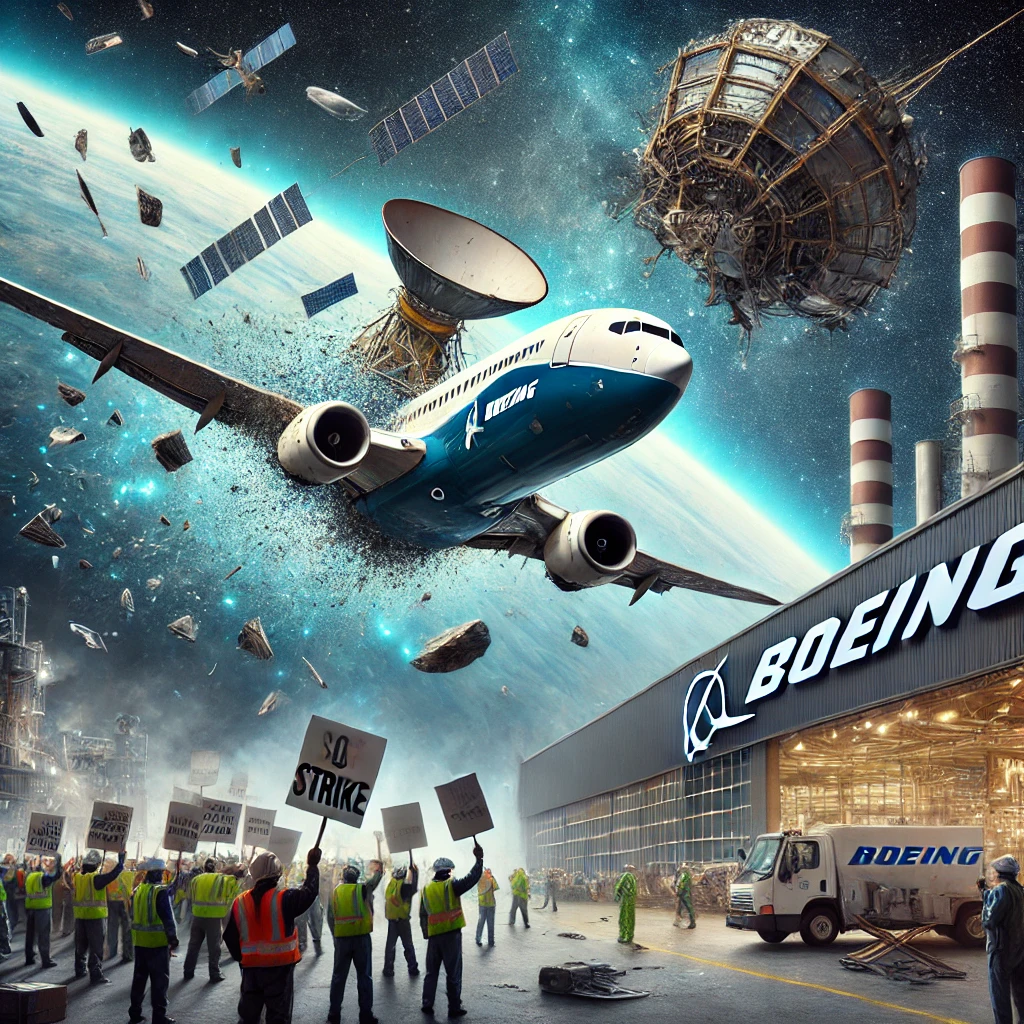
A potential tropical system developing in the Atlantic could soon bring significant weather changes to Florida and surrounding areas. According to the National Hurricane Center (NHC), an area of disturbed weather over the central tropical Atlantic is expected to interact with an approaching tropical wave in the coming days. Forecasters predict that environmental conditions will become conducive for development, possibly forming a tropical depression by midweek near the northern Leeward Islands, the Greater Antilles, or the southwestern Atlantic Ocean.
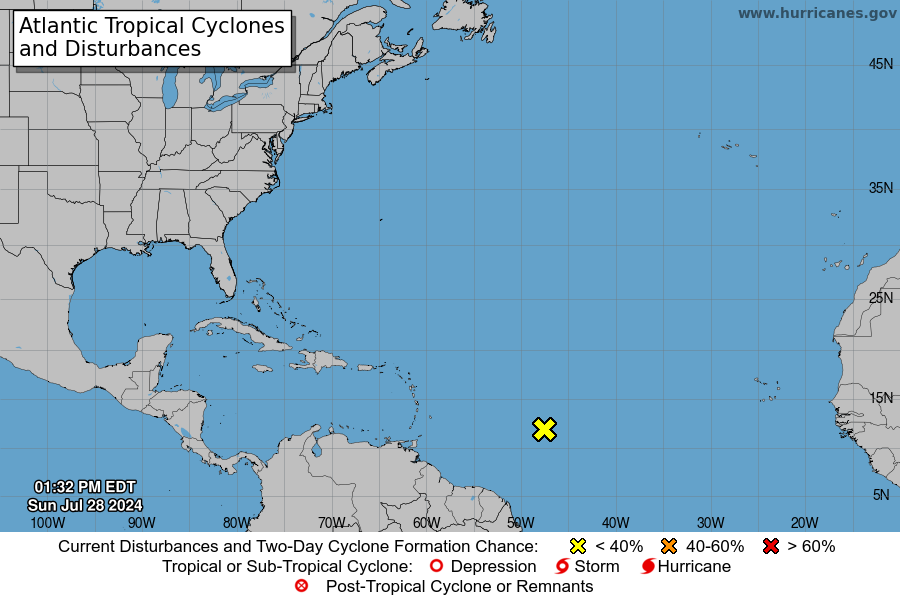
The NHC has increased the odds of development to 40% within the next seven days, up from Friday’s forecast. The long-range path of this system includes the Caribbean, the Bahamas, and the Florida peninsula. If this system develops into a named storm, it would be called Tropical Storm Debby.
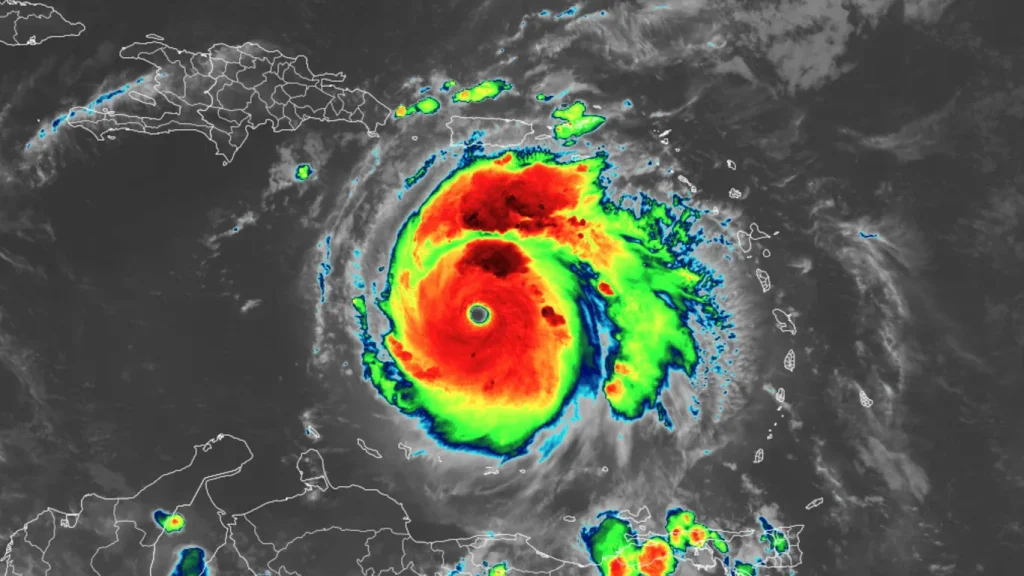
The Atlantic has been relatively quiet since Hurricane Beryl, with no named systems since its last advisory on July 10. A spread of Saharan dust from Africa has hindered tropical development in recent weeks.
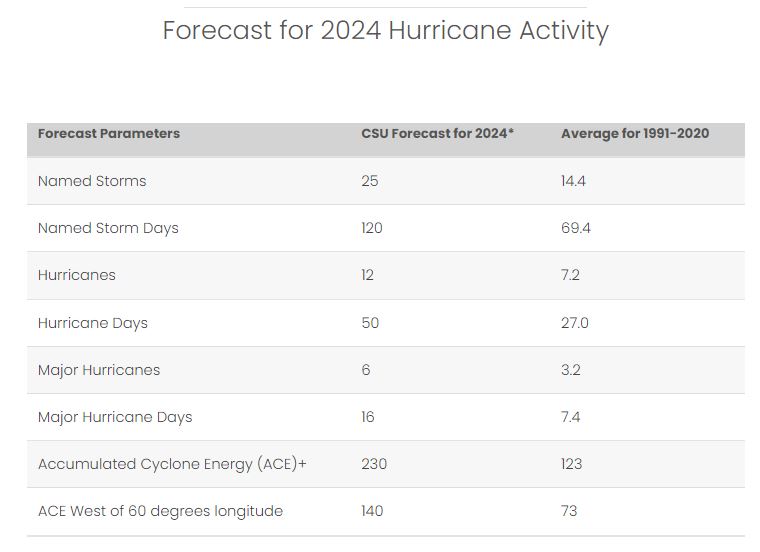
The National Oceanic and Atmospheric Administration (NOAA) has forecast an above-average hurricane season in the Atlantic, expecting 17 to 25 named storms, eight to 13 of which could become hurricanes, with four to seven potentially becoming major hurricanes. This prediction is driven by factors such as near-record warm ocean temperatures, the development of La Nina conditions, reduced Atlantic trade winds, and less wind shear, all of which favor tropical storm formation.
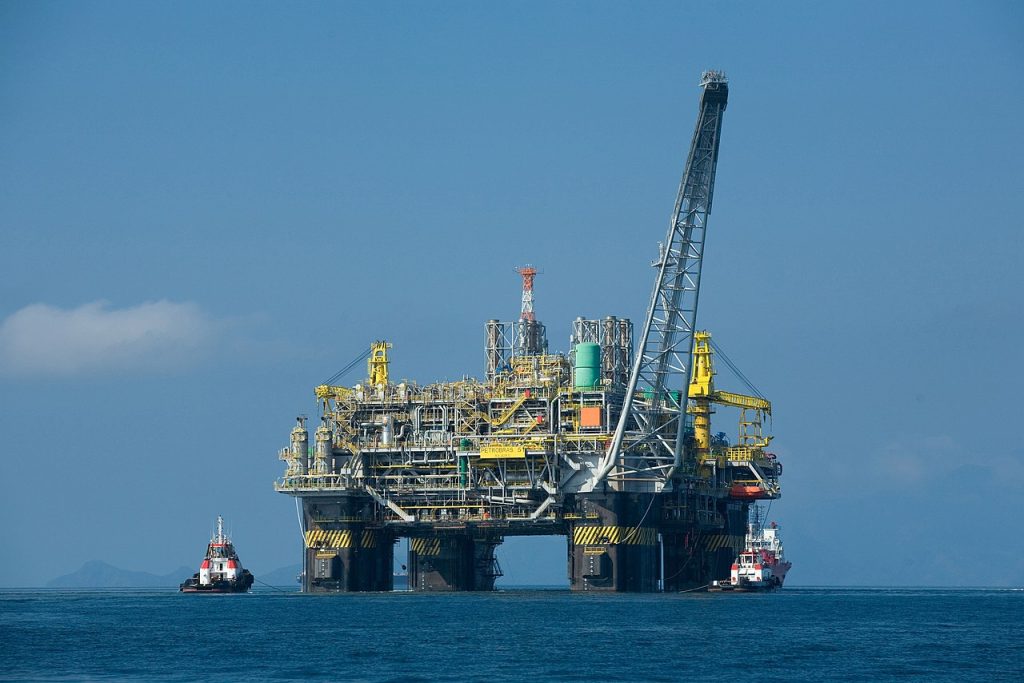
Historically, significant hurricane activity in the Gulf of Mexico has had a major impact on natural gas prices. In the 1990s, energy traders closely watched hurricane tracking, as powerful storms could disrupt drilling and production platforms, leading to a dramatic reduction in natural gas production. The highest natural gas prices in the past three decades were seen in the wake of Hurricanes Rita and Katrina in 2005, both of which caused major disruptions to production.
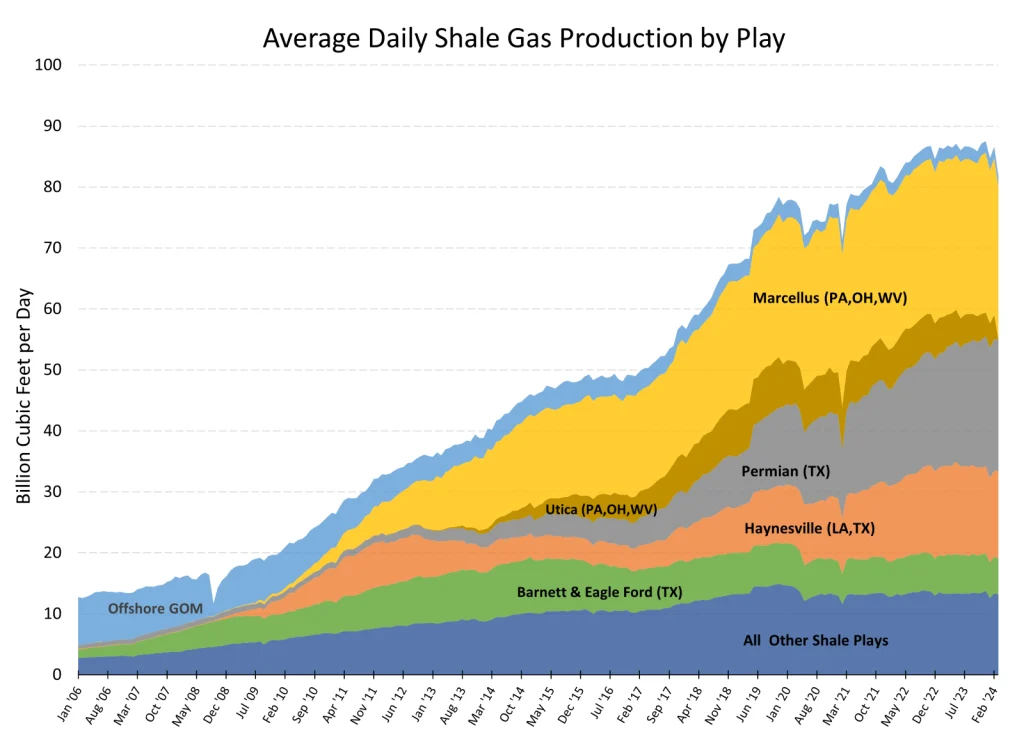
However, the situation has changed with the advent of horizontal drilling and hydraulic fracturing, which have opened up major onshore shale reserves. Over the past 20 years, natural gas production from the Marcellus and Utica shale formations in the Appalachian region and various locations throughout Texas has greatly surpassed the amount from offshore platforms in the Gulf of Mexico. Today, most natural gas supplies come from these onshore sources, reducing the impact of hurricanes on energy prices.
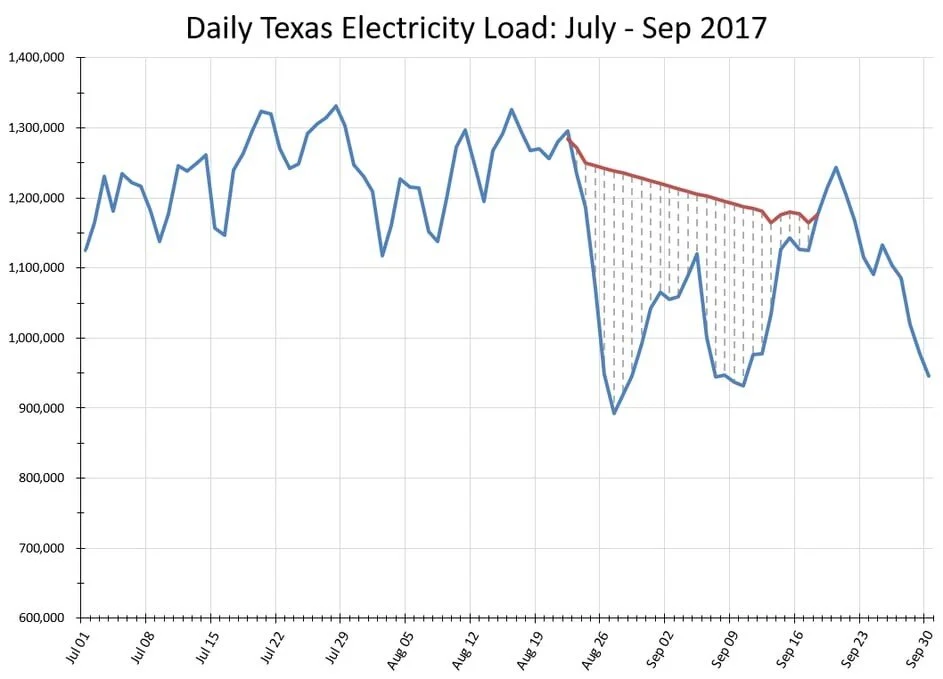
Interestingly, major hurricanes today are more likely to drive energy prices down. This counterintuitive effect is due to lower energy demand in the immediate aftermath of a major storm. For example, when Hurricane Harvey hit the Texas coast on August 25, 2017, it caused a significant drop in electricity usage in the state. Daily usage fell by almost 30%, from 1.25 million MWh to 900,000 MWh, reducing natural gas consumption for power generation.
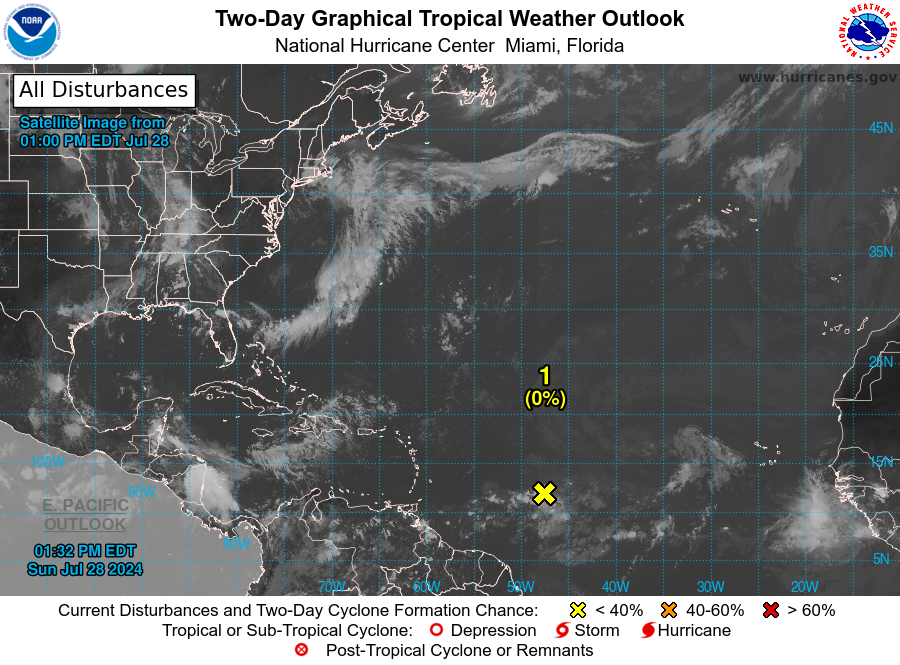
As a result, while the potential tropical depression forming in the Atlantic might bring severe weather to Florida and the surrounding regions, its impact on natural gas prices is likely to be minimal or even negative. The shift in natural gas production from offshore to onshore sources and the reduction in energy demand following major storms have altered the dynamics, making it less likely for hurricanes to cause spikes in natural gas prices. Instead, they could potentially drive prices down, reflecting the complex interplay between weather events and energy markets.
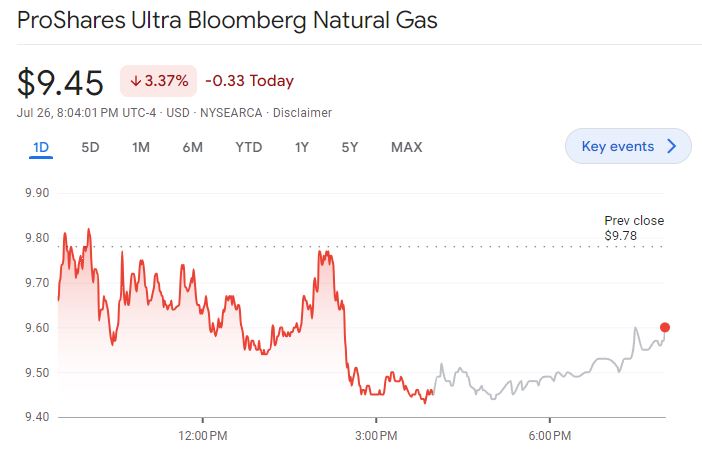
As of the latest updates, the ProShares Ultra Bloomberg Natural Gas ETF (BOIL) is trading at approximately $9.45, reflecting a significant decline from earlier this year. It’s inverse the ProShares UltraShort Bloomberg Natural Gas ETF (KOLD) is trading at around $74.98, marking a substantial increase over the same period. The current depressions forecast may prove a reliable indicator of natural gas price movement during the hurricane season.






